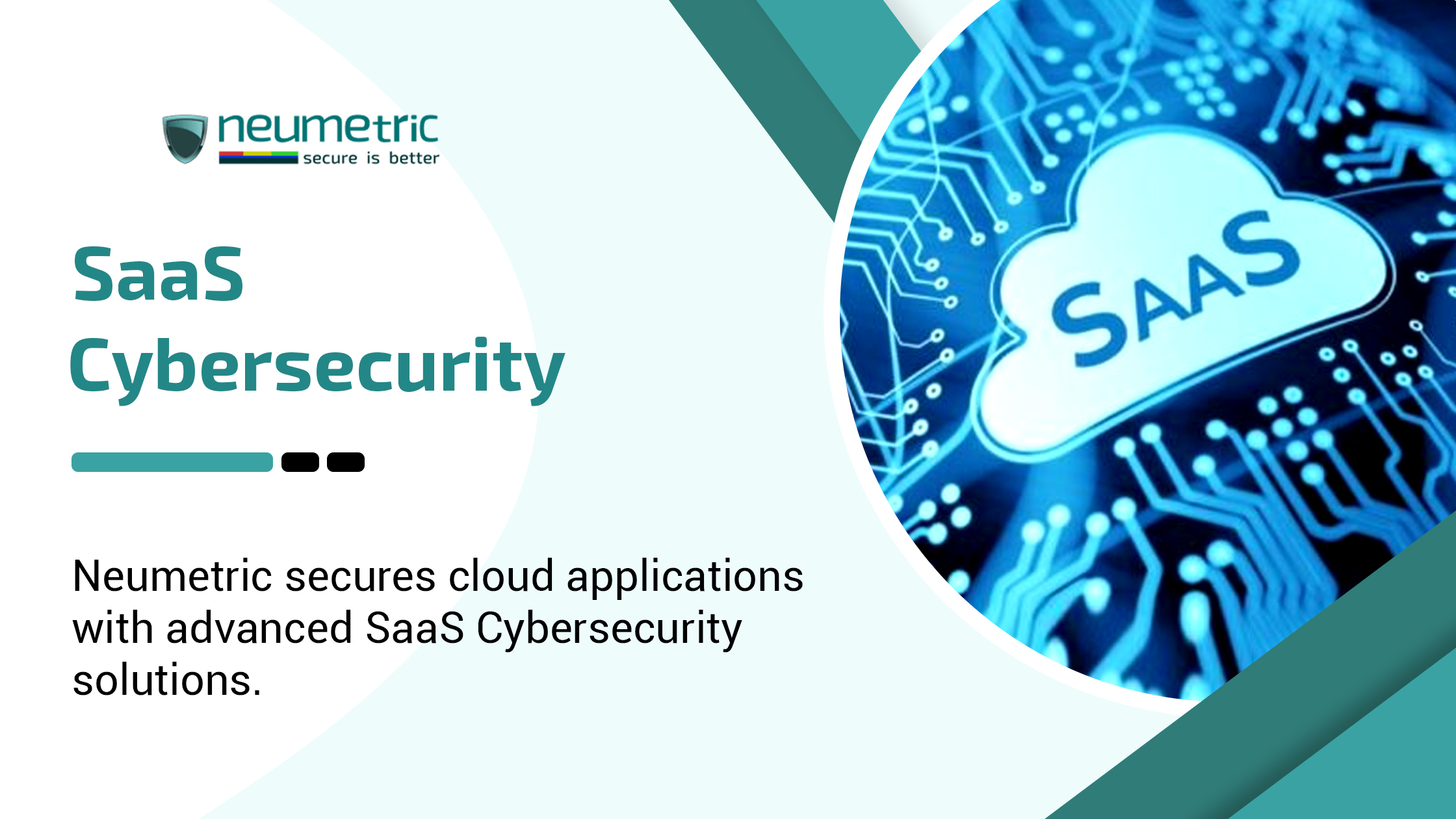
Customers often have less direct control over their security because SaaS providers typically host applications & data on the cloud. Customers may find it difficult to adequately manage & monitor security as a result.
SaaS services frequently demand that users check in & verify their identity. However, controlling user access can be difficult, especially if the provider is hosting apps for numerous clients with various access needs.
Data privacy laws, which can differ by country, may apply to SaaS providers. This makes it difficult to ensure adherence to all pertinent rules & regulations, especially if the provider maintains data for clients in several different nations.
SaaS companies may integrate with third-party applications like marketing platforms or payment processors. However, since flaws in third-party software could possibly have an impact on the entire system, this could raise the likelihood of security issues.
SaaS companies are required to regularly check their systems for security flaws & threats. To successfully detect & address SaaS cybersecurity problems, calls for a high degree of skill & resources.
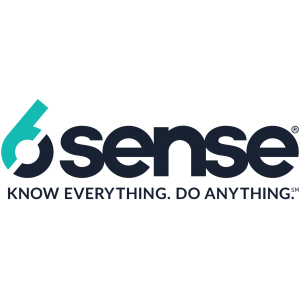

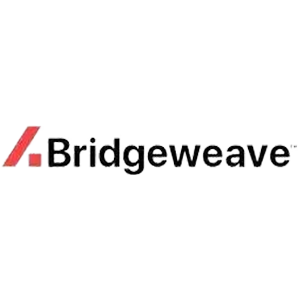


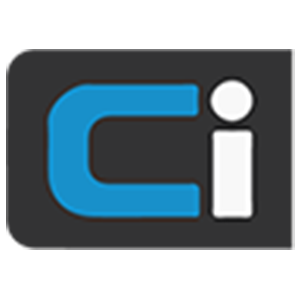
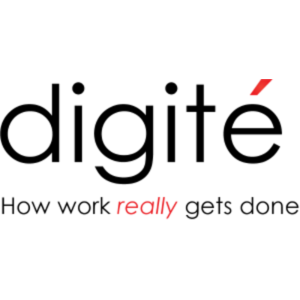




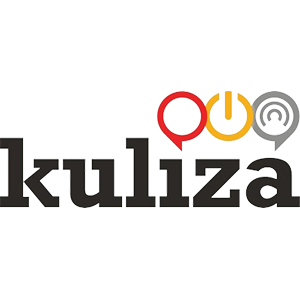
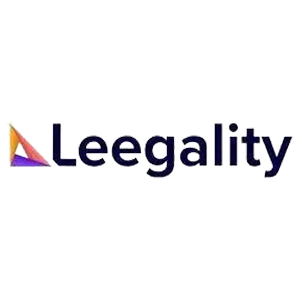



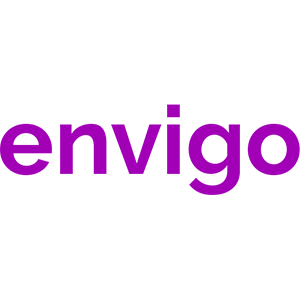




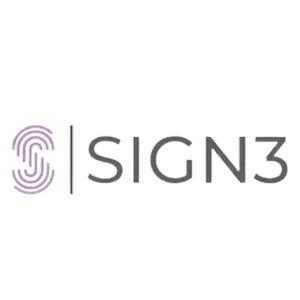


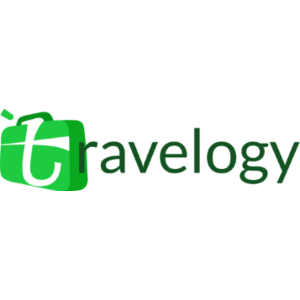

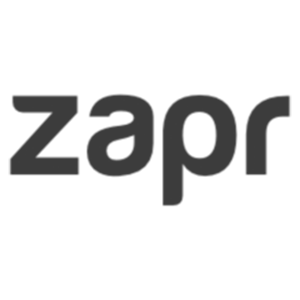
Extensive experience in providing solutions for your Cybersecurity, Compliance, Governance, Risk & Privacy objectives!
Ensuring a robust Security Posture & Regulatory Compliance across various Frameworks & diverse Industries.
Implementing & monitoring extensive Control Frameworks tailored to your business needs…
By achieving ISO 27001 Compliance, a SaaS company demonstrates its commitment to implementing a robust ISMS & adhering to international best practices. It instils confidence in customers & stakeholders by assuring them that the organisation follows rigorous security controls & safeguards for protecting sensitive data. It also helps identify & manage potential security risks, ensuring the Confidentiality, Availability & Integrity of customer data.
By obtaining a SOC 2 Report, the organisation demonstrates its commitment to implementing strong security controls & practices. This Report provides an independent validation of the SaaS provider’s compliance with industry-recognised security standards. The SOC 2 Report serves as a valuable tool during the sales process, providing potential customers with the assurance that the SaaS provider has undergone rigorous security assessments.
By ensuring compliance with GDPR regulations, a SaaS company demonstrates its commitment to protecting the personal data of EU residents & respecting their privacy rights. GDPR Compliance helps build trust with customers, as it reassures them that their data is being handled responsibly & securely. It also enables the SaaS organisation to expand its market reach by offering services to customers in the EU, who prioritise data protection.
As a provider of cyber security products and services, Neumetric helps organisations improve their information security and establish a safe environment for their activities.
We will review your current policies, procedures, and system architecture to ensure that they are compliant with the requirements of the Standard or Regulation you choose.
We will train your team on how to manage a compliant infrastructure and comply with all audit requirements during audits by external parties such as customers or regulators.
We will create and update policies and Procedures that are not yet implemented in your Organisation to ensure that they are compliant with the requirements of Standard or Regulation you choose.
We conduct an annual Risk Assessment to determine the current state of your IT infrastructure and recommend improvements to it. We will conduct a gap analysis between the existing policies, procedures, and system architecture with the requirements of Standard or Regulation you choose.
SaaS cybersecurity risks include cloud misconfigurations, which can expose sensitive data if the cloud services are not properly set up & secured. Another risk is third-party risk, where the security of the SaaS platform relies on the security practices of the third-party providers involved. Additionally, zero-day vulnerabilities pose a risk, as they are unknown vulnerabilities that can be exploited by attackers before a patch or fix is available.
Risks of cloud computing include data breaches & unauthorised access to sensitive information, as well as the possibility of cloud misconfigurations that could expose data to unintended parties. Additionally, cloud computing introduces the risk of supply chain attacks, where attackers target the cloud infrastructure or compromise the software or services during development or distribution. Furthermore, the reliance on third-party cloud service providers introduces the risk of third-party breaches or failures that may impact the security of the cloud environment.
To ensure the security of a SaaS application, providers can implement a range of security measures. One important measure is enhanced authentication, which involves implementing strong & Multi-Factor Authentication [MFA] methods to verify user identities. Data encryption is another crucial step, where sensitive data is encrypted both during storage & transmission to protect it from unauthorised access.
Cloud Access Security Broker [CASB] tools provide additional security controls & visibility into the cloud environment. Situational awareness, achieved through continuous monitoring & threat intelligence, helps identify & respond to security incidents promptly. Lastly, utilising SaaS Security Posture Management [SSPM] solutions allows for comprehensive management & enforcement of security policies across the SaaS infrastructure.
Cloud technology introduces various cybersecurity risks that organisations should be aware of. One significant risk is data breaches, where sensitive information stored in the cloud may be compromised or accessed without authorization. Cloud misconfigurations pose another risk, as improper configuration settings can inadvertently expose data to unauthorised individuals. Additionally, the shared responsibility model between cloud service providers & customers can lead to potential gaps in security, making it essential for organisations to understand & address their own responsibilities in securing their cloud environments.


